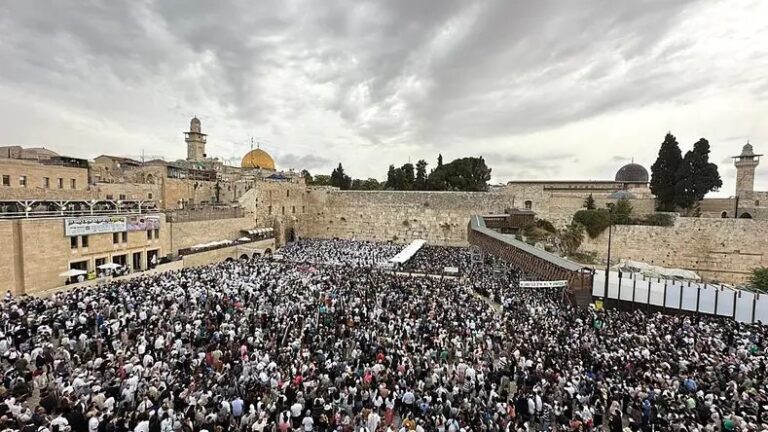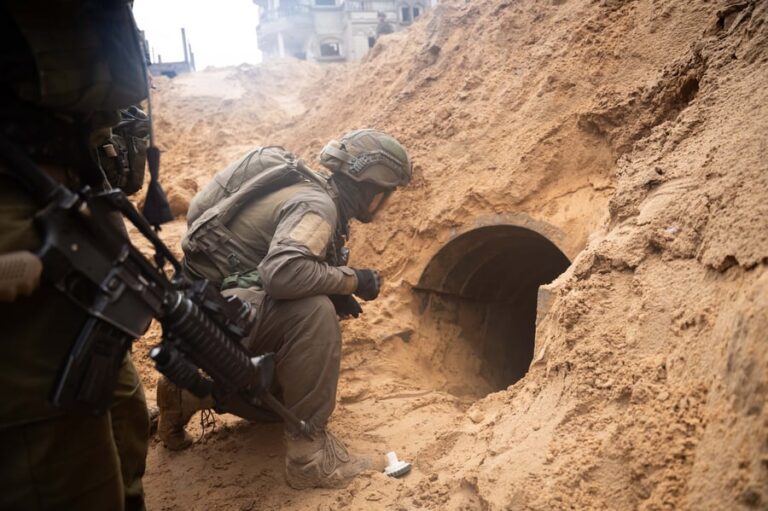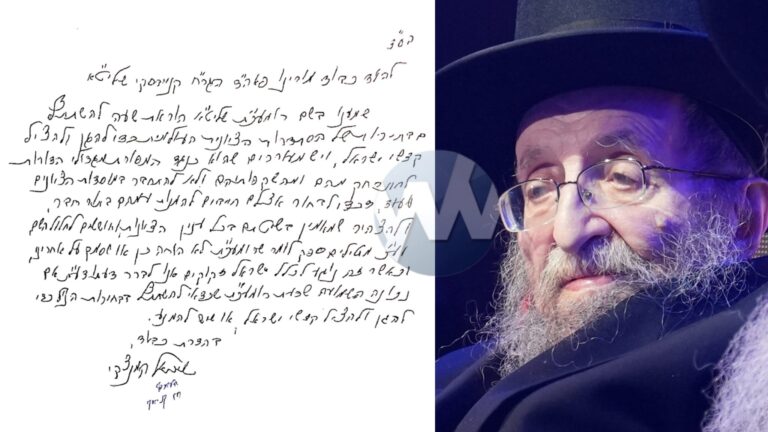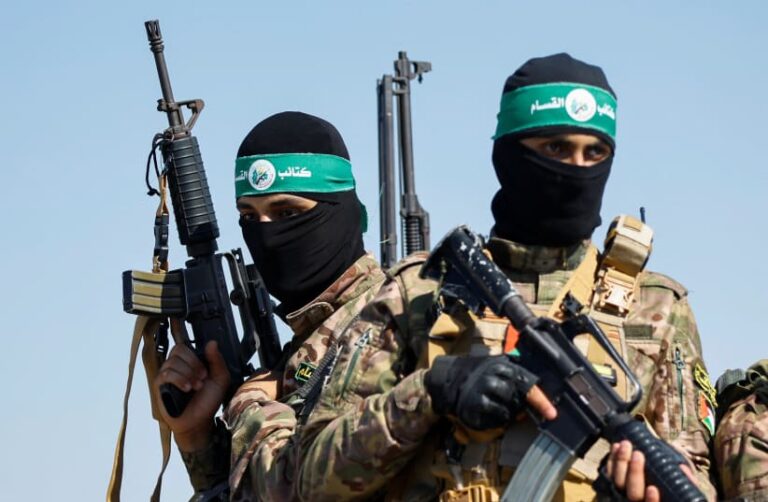Defense Department leaders placed unusual restrictions on the National Guard for the day of the Capitol riot and delayed sending help for hours despite an urgent plea from police for reinforcement, according to testimony Wednesday that added to the finger-pointing about the government response.
Maj. Gen. William Walker, commanding general of the District of Columbia National Guard, told senators that the then-chief of the Capitol Police requested military support in a “voice cracking with emotion” in a 1:49 p.m. call as rioters began pushing toward the Capitol. Walker said he immediately relayed the request to the Army but did not learn until 5:08 p.m. that the Defense Department had approved it. Guard troops who had been waiting on buses were then rushed to the Capitol, arriving in 18 minutes, Walker said.
The hourslong delay cost the National Guard precious minutes in the early hours of the rioting. Walker said he could have sent personnel within 20 minutes of getting approval. It also stood in contrast to the immediate authorization for National Guard support that Walker said was granted in response to the civil unrest that roiled America last spring as an outgrowth of racial justice protests.
Mindful of criticism that the response to those demonstrations was heavy-handed, military officials expressed concern about the optics of a substantial National Guard presence at the Capitol, as well as concerned that such visuals could inflame the rioters, Walker said. Another military official who testified said that then-acting Defense Secretary Chris Miller wanted to make the decisions of how the National Guard was used following criticism last spring.
“The Army senior leadership” expressed to officials on the call “that it would not be their best military advice to have uniformed Guardsmen on the Capitol,” Walker said.
The Senate hearing is the latest about what went wrong on Jan. 6 as national security officials face questions about missed intelligence and botched efforts to quickly gather National Guard troops that day as a mob of then-President Donald Trump’s supporters laid siege to the Capitol. The hearings have spelled out how police inadequately prepared for the Trump loyalists; that FBI warnings about the threat of violence did not reach top police officials; and that requests for aid were not promptly answered.
“We in the FBI want to bat 1,000, and we want to not have this ever happen again,” said Jill Sanborn, the bureau’s top counterterrorism official and one of the witnesses. “So we’re asking ourselves exactly the questions that you’re asking: Is there a place we could have collected more (intelligence)? Is there something we could have done?”
Meanwhile, the Capitol Police disclosed the existence of intelligence of a “possible plot” by a militia group to breach the Capitol on Thursday. The revelation, coming as the acting police chief was testifying before a House subcommittee, differed from an earlier advisory from the House sergeant-at-arms that said police had no indication that any such violence was planned.
Much of the focus on Wednesday’s Senate hearing centered on communications between the National Guard and the Defense Department. Walker described an “unusual” directive that required Pentagon approval before deploying a specialized 40-member “quick reaction force” and before relocating personnel from one traffic intersection to another.
As chaos escalated on Jan. 6, then-Capitol Police Chief Steven Sund asked him for National Guard help in a frantic call and then again on a call with Army officials, who said they did not “think that it looked good” to have a military presence.
“The response to the request took too long, so I think there needs to be a study done to make sure that never happens again,” Walker said. “It shouldn’t take three hours to get a yes or no answer.”
That account was consistent with the recollection of Robert Contee, the acting chief of police for the Metropolitan Police Department, who told senators at a separate hearing last week that he was “stunned” over the delayed response. Contee said Sund was pleading with Army officials to deploy National Guard troops as the rioting escalated.
Sen. Roy Blunt, R-Mo., said during a break in the hearing that senators “certainly will have questions” for Miller and for former Army Secretary Ryan McCarthy.
“Whether that’s going to require testimony or not, I don’t know, but it’s definitely going to require an opportunity to ask them questions about their view, from their perspective, of why this decision-making process went so horribly wrong,” Blunt said.
At last week’s hearing, officials who were in charge of security at the Capitol blamed one another as well as federal law enforcement for their own lack of preparation as hundreds of rioters descended on the building, easily breached the security perimeter and eventually broke into the Capitol. Five people died as a result of the rioting.
So far, lawmakers conducting investigations have focused on failed efforts to gather and share intelligence about the insurrectionists’ planning and on the deliberations among officials about whether and when to call National Guard troops to protect Congress.
Thousands of National Guard troops are still patrolling the fenced-in Capitol, and multiple committees across Congress are launching investigations into mistakes made on Jan. 6. The probes are largely focused on security missteps and the origins of the extremism that led hundreds of Trump supporters to break through the doors and windows of the Capitol, hunt for lawmakers and temporarily stop the counting of electoral votes.
Congress has, for now, abandoned any examination of Trump’s role in the attack after the Senate acquitted him last month at his impeachment trial on a charge of inciting an insurrection.
Lawmakers have grilled law enforcement officials about missed intelligence ahead of the attack, including a report from an FBI field office in Virginia that warned of online posts foreshadowing a “war” in Washington. Capitol Police leaders have said they were unaware of the report at the time, even though the FBI had forwarded it to the department.
Testifying before the Senate Judiciary Committee on Tuesday, FBI Director Christopher Wray said the report was disseminated though the FBI’s joint terrorism task force, discussed at a command post in Washington and posted on an internet portal available to other law enforcement agencies.
Though the information was raw and unverified and appeared aspirational in nature, Wray said, it was specific and concerning enough that “the smartest thing to do, the most prudent thing to do, was just push it to the people who needed to get it.”
Acting Capitol Police Chief Yogananda Pittman, in testimony last week, conceded there were multiple levels of failures in the riot but denied that law enforcement failed to take seriously warnings of violence before the insurrection.
(AP)











